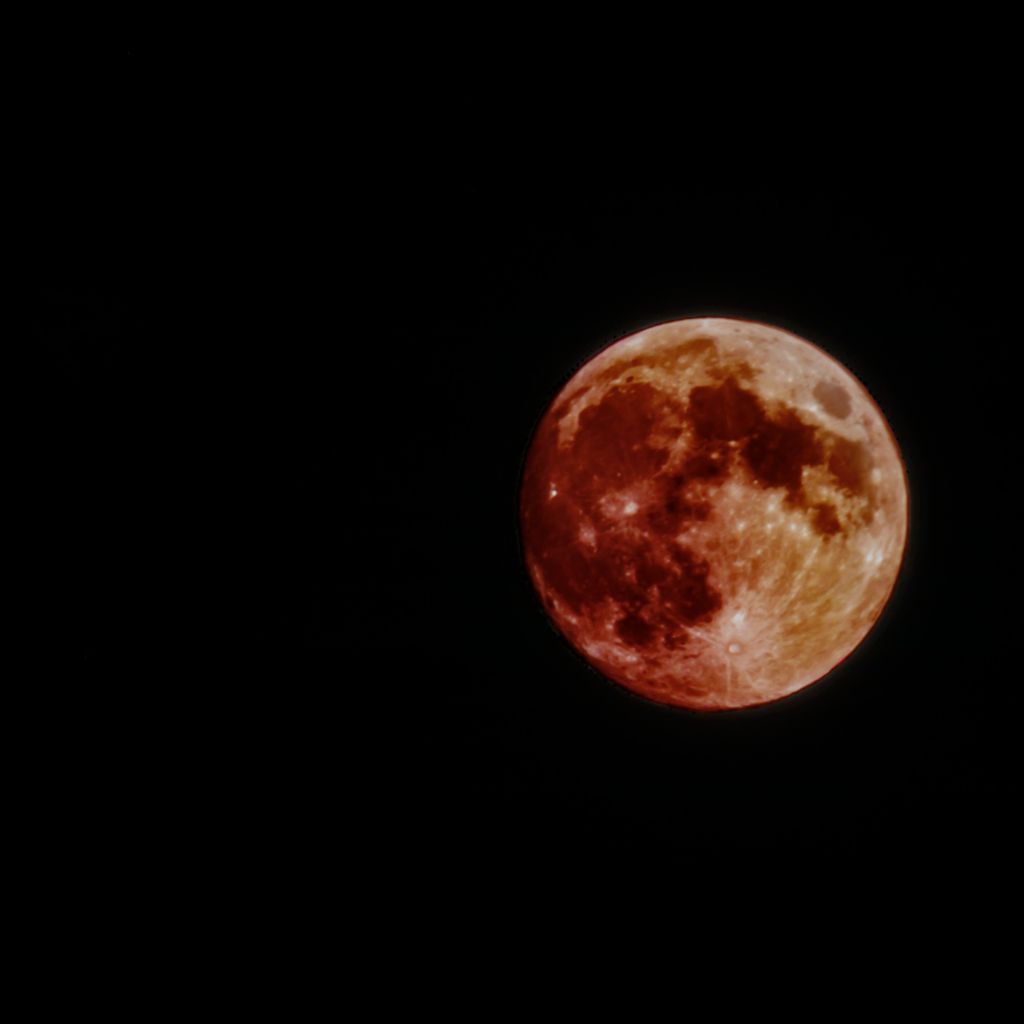This site contains affiliate links to products. I may receive a commission for purchases made through these links.
I’ve always been fascinated by the night sky. There’s something truly magical about looking up and seeing a canvas of twinkling stars, planets, and celestial events. It’s this fascination that led me to delve into night sky photography. It’s not just about taking pictures; it’s about capturing the beauty and mystery of the universe in a single frame.
I’m sure you’re wondering, how can you capture astronomical events like meteor showers or lunar eclipses with your camera? Well, it’s not as complex as it might seem. With the right equipment, a bit of patience, and some basic knowledge, you too can start capturing these breathtaking events.
In this article, I’ll share my experiences and insights on night sky photography, focusing specifically on how to photograph astronomical events. Whether you’re a seasoned photographer or a beginner, I’m confident that you’ll find this information useful and inspiring.
Understanding Night Sky Photography
Night sky photography, often known as astrophotography, lifts the veil on a world normally obscured by the blinding lights of urban living. It’s a niche with challenges, rewards, and a uniquely immersive experience. For me, it’s a pursuit that combines technical know-how with aesthetic sensibilities and patience.
To capture these celestial moments, it’s essential to understand your equipment and the night sky. A DSLR or mirrorless camera with manual settings, a sturdy tripod, and a fast wide-angle lens are the primary tools for night sky photography. The importance of a fast lens cannot be overstated; it’ll allow more light into the sensor, capturing faint stars and galaxies that otherwise remain unseen.
Let’s delve deeper into the settings. Manual mode is the way to go as it gives you control over aperture, shutter speed, and ISO. A wide-open aperture (lowest f-number) is crucial for letting in copious amounts of light. Shutter speed, or the length of time the shutter remains open, should be long enough to capture stars as points of light but not so long that they trail.
Balancing your ISO setting is pivotal – higher ISOs increase the sensor’s sensitivity to light but also present a risk of noise (graininess) in the image. It’s a delicate balancing act that demands trial and error, but with each shot, you learn a bit more.
Your location plays a significant role as well. Light pollution from cities obscures the wonders of the night sky. Seeking out darker environments, far from urban sprawl, will present the clearest views of the cosmos.
Working in such darkness requires some forethought. A headlamp with a red light mode is invaluable – it’ll provide the illumination needed without disrupting your night vision. Furthermore, a star map or smartphone app can help navigate the constellations and plan shots.
Arm in arm with the technical aspects of night sky photography are the subtleties of composition. Framing the shot with some earthly elements – like trees, mountains or bodies of water – can provide context and depth. These elements become compelling companions to the glimmering night sky above. Practice, experience, and a little bit of luck can result in breathtaking imagery, forever encapsulating the realm beyond our world.
Essential Equipment for Night Sky Photography
Having the right gear is crucial in night sky photography. This kind of photography demands more than just a good eye — it’s essential that your hardware can keep up with the sky’s vastness and your imagination.
The crux of your equipment is, without a doubt, your camera. A DSLR or mirrorless camera with manual mode settings allows you to control exposure length, aperture and ISO, creating your star-studded masterpiece. These cameras deliver top-notch image quality, with their large sensors better suited to low-light conditions.
If you’re serious about astrophotography, you need a lens that can take in a lot of light. A fast wide-angle lens, with an aperture of f/2.8 or better, works best. Bigger the aperture, more light can enter, and more stars can be captured.
One piece of gear that often goes underappreciated is the tripod. It’s not just about having something to rest your camera on, but also about stability. You’ll be dealing with long exposure times, so any movement can ruin your shot. A tripod must be sturdy, portable, and easy to adjust.
And then there’s the remote shutter release. This add-on allows you to take photos without touching your camera, reducing the risk of unintentional motion when pressing the shutter button.
A few other pieces of gear that can be helpful, include:
- Headlamp with a red light mode: This helps you see in the dark without polluting your view with white light.
- Star maps or smartphone apps: These can guide you in identifying constellations and predicting astronomical events.
- Extra Batteries: Long exposure shots can be power-consuming, so it’s always advisable to carry spares.
Whichever gear you select, it should serve you well in your quest to capture the beauty of our celestial neighborhood. As much as your experience and knowledge will count, without the right equipment, it would be similar to exploring the cosmic ocean without a sturdy ship guiding you through.
Camera Settings for Night Sky Photography
Understanding the key ropes of camera settings plays a crucial role in producing stunning night sky photographs. It’s a bit complex, but learning how to manually control your camera boosts your experience and outcomes in astronomical photography. Let’s delve into this interesting world.
One thing to bear in mind is that the right setting can vary based on several conditions: the sky’s darkness, the celestial bodies you aim to photograph, your camera, and lens. Experimenting and gaining hands-on experience is always your best teacher.
For starters, switch your camera to manual mode, or “M”. This gives you control over both shutter speed and aperture. Taking a good shot of the night sky requires balancing the need for a fast shutter speed to capture sharp stars, with the need for a slow shutter speed to let in enough light.
The ISO setting should be high enough to expose the photograph correctly without resulting in too much noise; popular choices range from 800 to 3200 depending on your camera’s capabilities and the conditions of your shoot.
For the aperture, opt for the lowest f-number, the wider the opening, the more light it lets in.
Let’s get specific with the shutter speed. It’s essential in preventing star trailing – that’s when stars appear as streaks across your photo due to Earth’s rotation. Utilize the “500 Rule”: divide 500 by the focal length of your lens to obtain the maximum shutter speed in seconds. This rule helps you calculate how long your camera shutter can be open before stars start to blur.
Let’s have a glimpse at some common settings:
| Camera Setting | Common Setting |
|---|---|
| Camera Mode | Manual |
| ISO | 800-3200 |
| Aperture (f-number) | Lowest possible |
| Shutter Speed | Based on the “500 Rule” |
Planning and Timing for Astronomical Events
Great timing is fundamental in night sky photography. It’s all about capturing the perfect celestial moment. The moon’s phases, meteor showers, a rare planetary alignment, all are fleeting and can only be experienced for a short time. This brings us to the importance of planning.
Proper planning involves tracking astronomical events. Keeping an eye out on celestial calendars would be your most reliable companion. There are plenty of online resources and applications you can use for this. They notify you about all upcoming astronomical occurrences. This allows you to plan ahead and be ready to capture the event.
Next, you’ll need to scout your location. Light pollution is a big no-no in night sky photography. It’s essential to find a location away from city lights so you’re able to capture the stars in their entire glory. Dark sky maps that you can easily find online can help in identifying optimal locations.
Choosing the perfect day is also vital. Clear skies are ideal for capturing detailed shots, so it’s best to keep an eye on the weather. Be prepared to shift your schedule if the weather is not conducive.
Lastly, make sure you get there early. Setting up your camera and getting the perfect settings can take some time. Remember the 500 Rule from the previous section and use that to set your camera, ready for the moment.
Let’s talk about timing now. Timing your shots right can make or break your photos. Make use of apps like PhotoPills or Stellarium that help predict the position of celestial bodies. This way, you’ll know exactly when to click the shutter.
Techniques for Capturing Astronomical Events
Understanding the fundamentals of night sky photography is just half the battle. Let’s delve into the various techniques that can aid in bringing the magic of astronomical events to life in your photos.
Firstly, mastering the art of long-exposure photography is essential. This involves keeping the camera’s shutter open for extended periods. It allows more light into the camera, capturing more stars and providing richness to your night sky shots.
Secondly, tracking mounts are an invaluable tool. These devices move your camera at the same speed as the Earth’s rotation. This negates the issue of star trails in long-exposure shots, meaning you can expose for longer without resulting in streaky stars.
Here’s are some tools that can enhance your night photography journey:
- Intervalometer: This device automates your shooting process, allowing you to set your camera to take multiple shots at intervals. This is especially helpful when creating star trails or time-lapse videos.
- Star Tracker: A star tracker follows the movement of stars, keeping them in focus during long exposures and reducing star trails.
Timing is, of course, critical. Catching astronomical events requires planning. It’s a good idea to use astronomy calendars like those found within apps like PhotoPills or Stellarium. They’ll alert you to major celestial events and their local observing times. You won’t ever have to worry about missing another meteor shower or eclipse!
Lastly, don’t be afraid to experiment with different techniques. An innovative approach, such as using Foreground Interest, can truly make your photograph stand out. By positioning an interesting object in the foreground, you can add more depth and interest to your overall composition.
Implementing these techniques requires practice, so don’t be disheartened if your early attempts aren’t as perfect as you’d like. Remember, it’s all part of the process and every shot you take brings you a step closer to that awe-inspiring astronomical capture!
In the next section, I’ll explore how post-processing your night sky photos can enhance their final appearance. From color correction to noise reduction, post-processing is an essential part of night sky photography.
Post-processing Tips for Night Sky Photography
After mastering the art of capturing the night sky, your journey isn’t over. The raw files you’ve snapped might not reflect the true beauty you’ve pictured. That’s where the art of post-processing comes in.
Post-processing is a fundamental stage in night sky photography. It’s here where you can truly bring out the details in your shots. The enhancements in editing software like Adobe Lightroom or Photoshop can significantly improve the look and feel of your photos.
Raw files tend to look considerably flatter. By adjusting contrast, color saturation, and brightness, you can bring them to life. It’s important, however, to not overdo these adjustments. Too much enhancement can lead to noise, or grainy distortion, in your image. Balance is key.
One of the most useful tools in post-processing is the Levels Adjustment tool. It helps regulate the whitest whites, the blackest blacks, and the grays in between by adjusting the tonal range in a photo. This is an efficient technique to enhance the depth and contrast of a night sky photo.
For noise reduction, I suggest using Noise Reduction tools. Remember, while it’s vital to decrease noise, it should be done subtly as excessive reduction can lead to loss of details.
You should also make use of the Sharpening tool to highlight the stars in your image. A careful amount of sharpening can add an excellent amount of detail to your photo. But be cautious; over-sharpening can lead to an artificial look.
Don’t forget about color correction. Keep an eye on color temperature and tint while editing. Adjusting these will result in a more realistic looking sky. Let’s remember, our goal is to enhance, not change what’s naturally there.
Finally, stacking multiple exposures of the same scene is a powerful technique for reducing noise and improving image quality. Software like StarStaX or Sequator can assist with this. This technique, however, requires some practice before complete mastery.
With these tips, your journey into the post-processing world should be an exciting one. Remember, it might seem overwhelming at first, but with time, mastery indeed comes.
Conclusion
Mastering night sky photography is an exciting journey that requires patience, practice, and the right tools. From understanding long-exposure techniques to using tracking mounts, it’s all about capturing the beauty of astronomical events in all their glory. Tools like intervalometers and star trackers can be game-changers, while timing your shots with an astronomy calendar can make all the difference. Don’t be afraid to experiment with different methods and add some foreground interest to your shots.
The magic doesn’t stop at capturing the shot, though. Post-processing plays a pivotal role in bringing your night sky photos to life. Adjusting contrast, color saturation, and brightness can truly make your stars shine. Tools like Levels Adjustment, Noise Reduction, and Sharpening are your best friends in enhancing depth and detail. Stacking multiple exposures can also reduce noise and improve image quality. Remember, it’s all about embracing the journey and continuously striving for improvement. Happy shooting!






